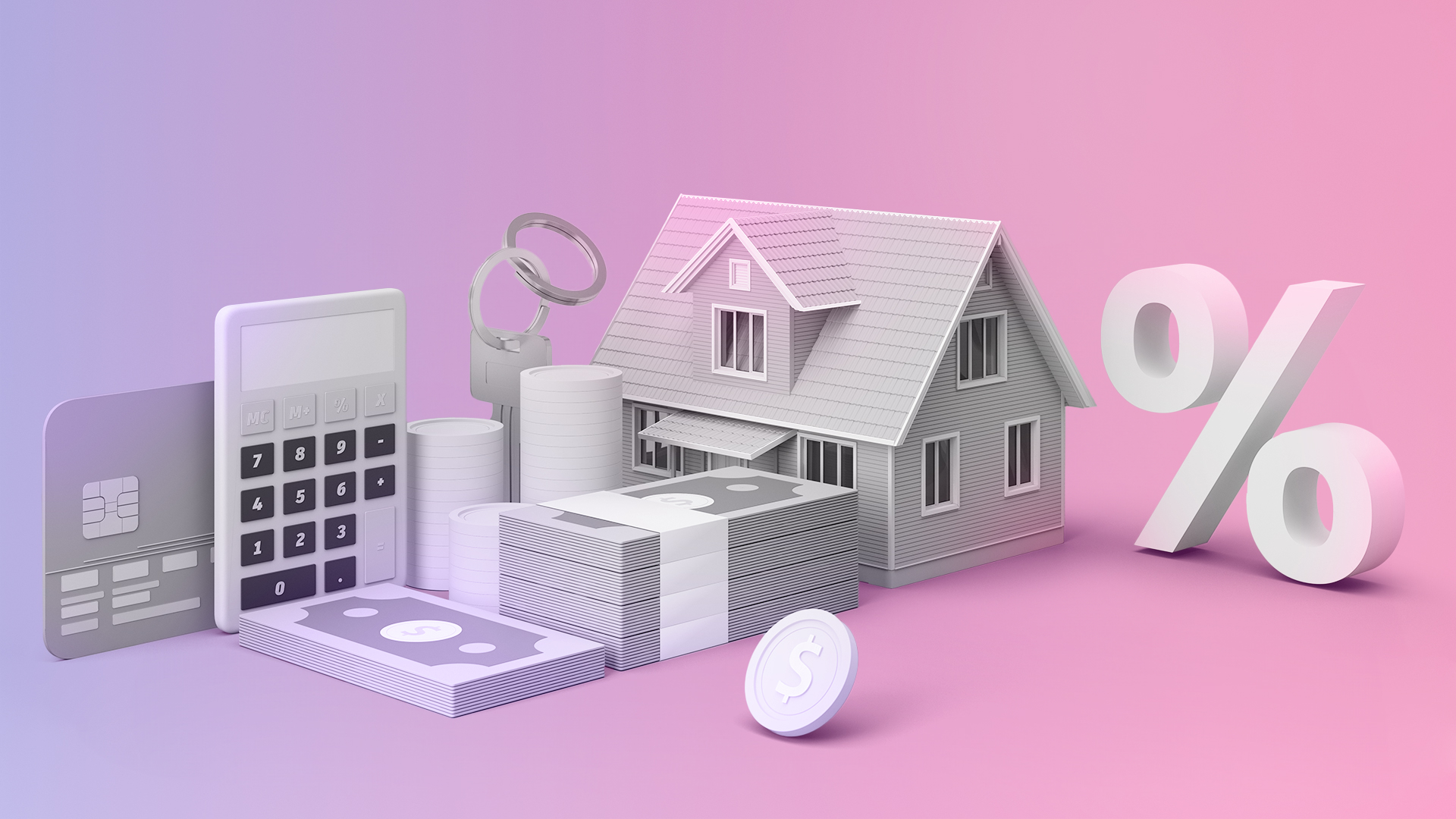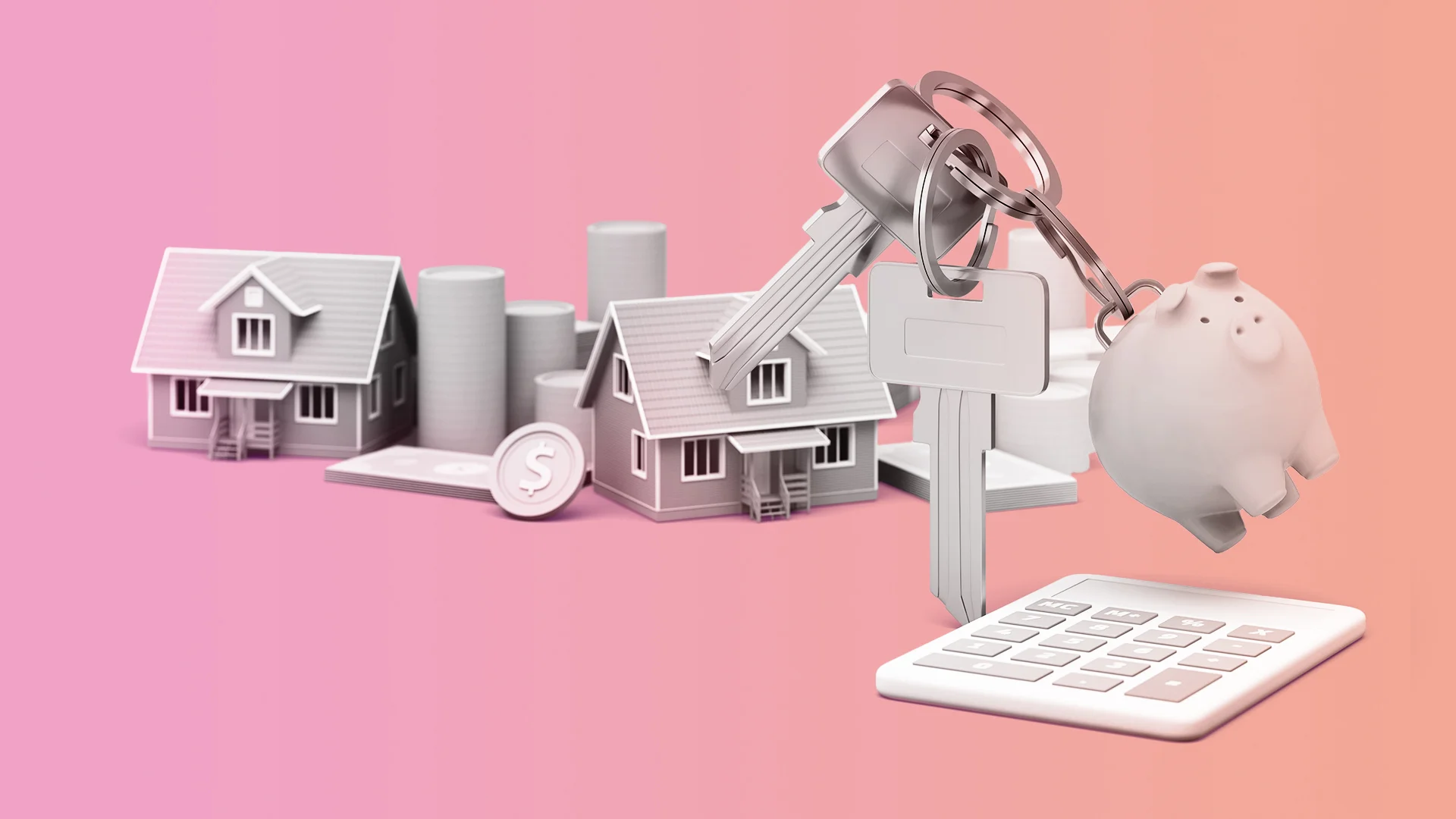What Is a Principal and Interest Home Loan Repayment?
It involves paying both the loan's principal and the interest in a home loan repayment.
You’ve usually have options of interest-only repayments or principal and interest repayments with your home loan. Learn more about principal and interest home loan repayments.
When you take out a home loan, some banks and lenders give you the option of how you want to repay your mortgage. You’ve usually got two choices, either interest-only repayments or principal and interest repayments. But what exactly is principal and interest?
What does principal and interest mean?
Your home loan is made up of two main components - principal and interest.
The principal refers to the amount of money you’ve borrowed to buy a property or the outstanding amount that you owe your bank or lender.
The interest is essentially the cost of borrowing. The amount of interest that you’re charged depends on a number of different factors, like the interest rate itself, the loan term and the type of interest rate (variable, fixed or split). Want to learn more about how banks calculate interest rates? Check out our blog here.
A principal and interest home loan means that you’ll be contributing towards both the principal and interest every time you make a repayment. With each repayment, a portion goes toward reducing the principal, so you’re able to gradually pay down the loan over the agreed loan term. In the early years of the loan, a larger portion of the regular repayment goes toward paying interest, but as the principal decreases, a larger portion goes toward repaying the principal.
Alternatively, an interest-only loan involves only paying the interest component, which means that you don’t actually chip away at the loan amount. Interest-only loans are usually only available for a set period of time, so you’ll have to move over to a principal and interest home loan once the interest-only term ends.
At Unloan, we like to keep things simple, which is why we only offer principal and interest home loans.
Benefits of principal and interest home loans
As a borrower, there are stacks of advantages to taking out a principal and interest home loan:
- Loan repayment: With a principal and interest loan, you have to make regular repayments that cover both the principal amount borrowed and the interest charged. Over time, this chips away at the outstanding loan balance. This means that you’ll fully repay the loan by the end of the loan term.
- Build home equity: As the principal is gradually paid down, your home equity in the property increases. Equity is the difference between the property's value and the outstanding loan amount. Building equity can provide you with financial flexibility and more options, like the opportunity to put your equity towards future property purchases or renovations.
- Save on interest: Over the life of the loan, you’ll end up paying less in total interest compared to interest-only loans. Since the interest is calculated on the decreasing outstanding balance, the interest component decreases over time, resulting in lower overall interest payments.
- Reduce the loan term: If you have a principal and interest loan, you’ll often have the opportunity to make additional repayments, reducing the loan term and potentially saving you on interest costs. Some loans also offer features like redraw facilities or offset accounts, which is a great way to access the additional payments you’ve made.
- Own your home sooner: With each repayment, you’re not only paying off the interest but also contributing to the principal amount. This helps in paying off your home loan faster, allowing you to fully own your property sooner compared to interest-only loans.
Points to consider about principal and interest home loans
While principal and interest home loans can be a great way to work towards home ownership, it’s important to consider both sides of the coin before making a 30-year commitment. So, here are some of the drawbacks that come with a principal and interest loan:
- Higher initial repayments: The initial repayments on a principal and interest loan are usually higher compared to interest-only loans, especially if interest rates are relatively high. This could potentially put a strain on your budget, particularly if you have access to limited cash flow.
- Reduced short-term affordability: Because principal and interest loans require repayment of both the principal and interest, the monthly repayments are larger than those for interest-only loans. This can make it challenging for you to afford higher-priced properties or to enter the property market when property prices are high.
- Less repayment flexibility: While making additional repayments on a principal and interest loan can reduce the total interest paid and shorten the loan term, there may be restrictions or fees associated with making extra payments. This reduced flexibility could be a drawback if you want more control over your repayment schedule.
- Potential tax implications: If you’re a property investor, you might find that principal and interest home loans are less tax-efficient than interest-only mortgages. In cases like this, it’s usually best to talk to a tax professional to get a better understanding of where you stand.
Everyone has different financial goals and personal circumstances, so it’s important to find a home loan that works best for you. While a principal and interest loan might work for you, it’s worth understanding the ins and outs of this type of mortgage before you take the plunge.
Whether you’re looking to buy your first home or refinance an existing mortgage, Unloan is here to help. Not only do we have stacks of great resources to help you navigate the home buying and refinancing process, but we also offer a competitive home loan that’s designed to work for you. From an annual rate discount to our no fee promise and much more, check out what’s on offer at Unloan today.
This article is intended to provide general information only. It does not have regard to the financial situation or needs of any reader and must not be relied upon as financial product advice. Please consider seeking financial advice before making any decision based on this information.
Unloan is a division of Commonwealth Bank of Australia.
Applications are subject to credit approval; satisfactory security and you must have a minimum 20% equity in the property. Minimum loan amount $10,000, maximum loan amount $10,000,000.
Unloan offers a 0.01% per annum discount on the Unloan Live-In rate or Unloan Invest rate upon settlement. On each anniversary of your loan’s settlement date (or the day prior to the anniversary of your loan’s settlement date if your loan settled on 29th February and it is a leap year) the margin discount will increase by a further 0.01% per annum up to a maximum discount of 0.30% per annum. Unloan may withdraw this discount at any time. The discount is applied for each loan you have with Unloan.
There are no fees from Unloan. However, there are some mandatory Government costs depending on your state when switching your home loan. For convenience, Unloan adds this amount to the loan balance on settlement.
* Other third-party fees may apply. Government charges may apply. Your other lender may charge an exit fee when refinancing.





















































